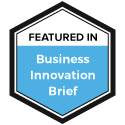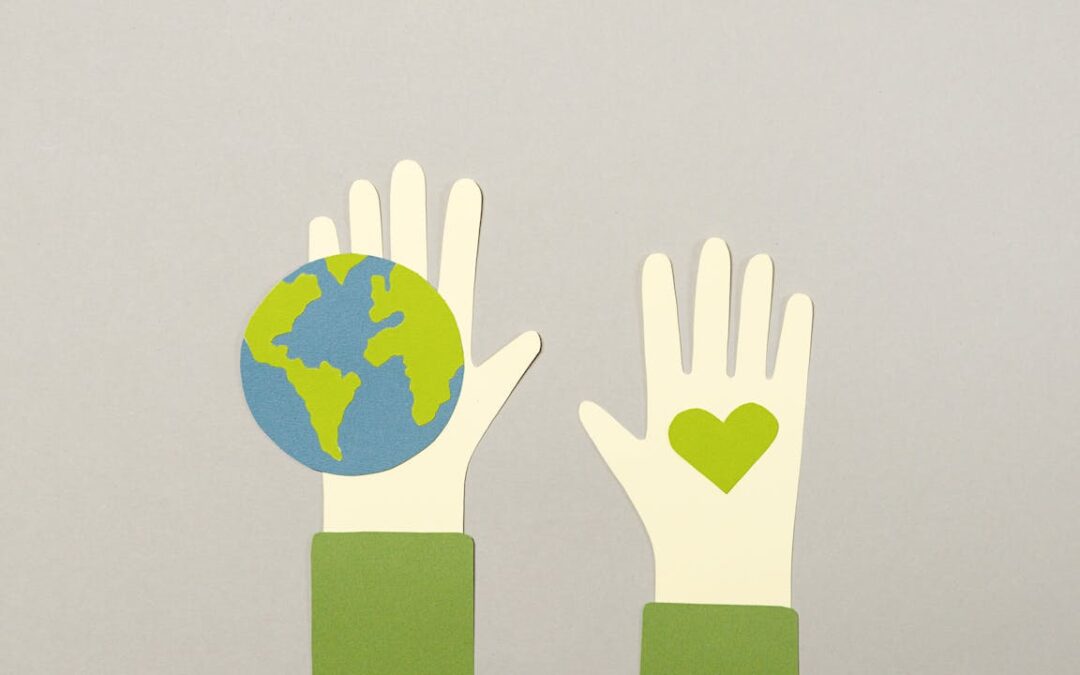
The Secret to Authentic Business Success: Building Real Connections
The Secret to Authentic Business Success: Building Real Connections
Business isn’t just about transactions. It’s about relationships. David DeLorenzo, CEO of Bar and Restaurant Insurance and author of Just Getting Started, has built his career around this principle. He didn’t just create a business. He built a community.
David’s journey is anything but traditional. He began in the music industry, working with legendary artists and navigating a world where connections were everything. When that chapter closed, he didn’t lose his passion for people. He brought it with him into the world of insurance, a field that’s often seen as cold and transactional.
For David, community isn’t just a marketing concept. It’s the core of everything he does. His company doesn’t just sell policies. It protects dreams, supports businesses, and fosters genuine relationships with clients who trust him not just as an insurance provider, but as a partner.
Why Authenticity is the Ultimate Business Strategy
David’s approach is built on a simple truth: Authenticity is magnetic. Customers don’t just want products or services. They want to know who they’re doing business with. That’s why David insists on being himself, always.
“People don’t want perfect. They want real,” he explained. This belief is reflected in everything he does, from his branding to his conversations with clients. He avoids the stuffy, suit-and-tie image often associated with insurance and instead shows up as himself: genuine, approachable, and passionate.
This authenticity isn’t just a personal preference. It’s a strategic advantage. According to a study by Sprout Social, 86 percent of consumers say authenticity is a key factor in choosing which brands to support. David’s business isn’t just about policies. It’s about relationships built on trust and connection.
The Power of Connection in Business
For David, connection isn’t just about closing deals. It’s about being a resource, a mentor, and a community builder. He actively connects his clients with other trusted professionals, helping them succeed beyond their immediate needs. This approach has made him more than just an insurance provider. It has made him a trusted advisor.
He refers to himself as a “connector and protector,” a phrase that perfectly captures his mission. He doesn’t just sell insurance. He helps clients protect what matters most. But his value goes beyond coverage. He offers guidance, builds relationships, and creates a network of support for the people he serves.
Reinventing Success: The Story of Just Getting Started
David’s impact goes beyond his business. He’s also the author of Just Getting Started, a book that explores the power of reinvention at any stage of life. It’s a story of resilience, authenticity, and the courage to keep growing.
For David, reinvention isn’t just about changing careers. It’s about evolving, staying curious, and continuing to pursue what matters. His story is proof that it’s never too late to pivot, try something new, or discover a new passion.
What Other Leaders Can Learn from David’s Approach
David’s journey offers powerful lessons for leaders and entrepreneurs in any industry:
Authenticity Builds Trust: Customers want to know who you are. Be yourself, and the right people will connect with you.
Connection is More Valuable Than Transactions: Focus on building relationships, not just making sales. Be a resource, a mentor, and a connector.
Community Creates Resilience: When you build a network of loyal clients who trust you, your business can weather any storm.
Reinvention is Always an Option: No matter where you are in your career, you can always learn, grow, and start something new.
Purpose Drives Performance: David doesn’t just sell insurance. He protects the dreams of his clients. His purpose is clear, and it guides everything he does.
Final Thought
Business is about more than just numbers. It’s about people. David DeLorenzo’s success is a reminder that true connection is the most valuable asset any business can have. Authenticity isn’t just a feel-good idea. It’s a powerful strategy for lasting success.
The question is, in your own business, are you building real connections or just making transactions?
Check out our full conversation with David DeLorenzo on The Bliss Business Podcast.
Originally Featured on The Bliss Business Podcast Blog










Recent Comments